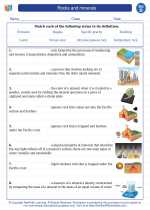Structure of Flagella
Flagella are made up of a protein called flagellin, which forms a helical structure. The flagellum consists of three main parts: the filament, the hook, and the basal body. The filament is the long, whip-like portion that extends from the cell. The hook is a flexible joint that connects the filament to the basal body. The basal body is anchored in the cell membrane and acts as a motor to rotate the flagellum.
Function of Flagella
The primary function of flagella is to enable cells to move. The rotation of the flagellum propels the cell through its environment, allowing it to seek out nutrients, escape from predators, or find favorable conditions for growth and reproduction. In prokaryotic cells, such as bacteria, flagella are the primary means of locomotion. In eukaryotic cells, such as sperm cells, flagella are used for propulsion.
Flagella in Prokaryotic and Eukaryotic Cells
In prokaryotic cells, flagella rotate like a propeller, pushing the cell forward. The basal body of prokaryotic flagella has a different structure from that of eukaryotic flagella and is powered by a different mechanism. In eukaryotic cells, flagella whip back and forth, creating a wavelike motion that propels the cell.
Study Guide
- What is the primary function of flagella?
- Describe the structure of a flagellum.
- How do prokaryotic and eukaryotic flagella differ in their mechanism of movement?
- Give an example of a prokaryotic cell that uses flagella for locomotion.
- What protein forms the helical structure of flagella?
◂Science Worksheets and Study Guides Fourth Grade. Rocks and minerals
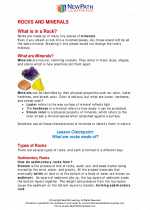
 Activity Lesson
Activity Lesson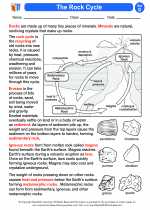
 Worksheet/Answer key
Worksheet/Answer key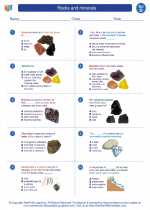
 Worksheet/Answer key
Worksheet/Answer key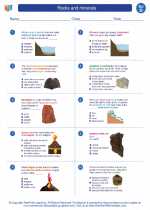
 Worksheet/Answer key
Worksheet/Answer key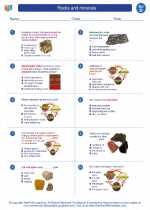
 Worksheet/Answer key
Worksheet/Answer key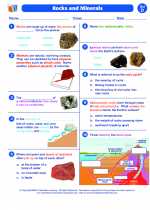
 Vocabulary/Answer key
Vocabulary/Answer key
 Vocabulary/Answer key
Vocabulary/Answer key
 Vocabulary/Answer key
Vocabulary/Answer key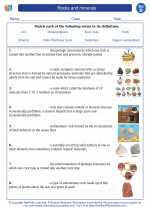
 Vocabulary/Answer key
Vocabulary/Answer key